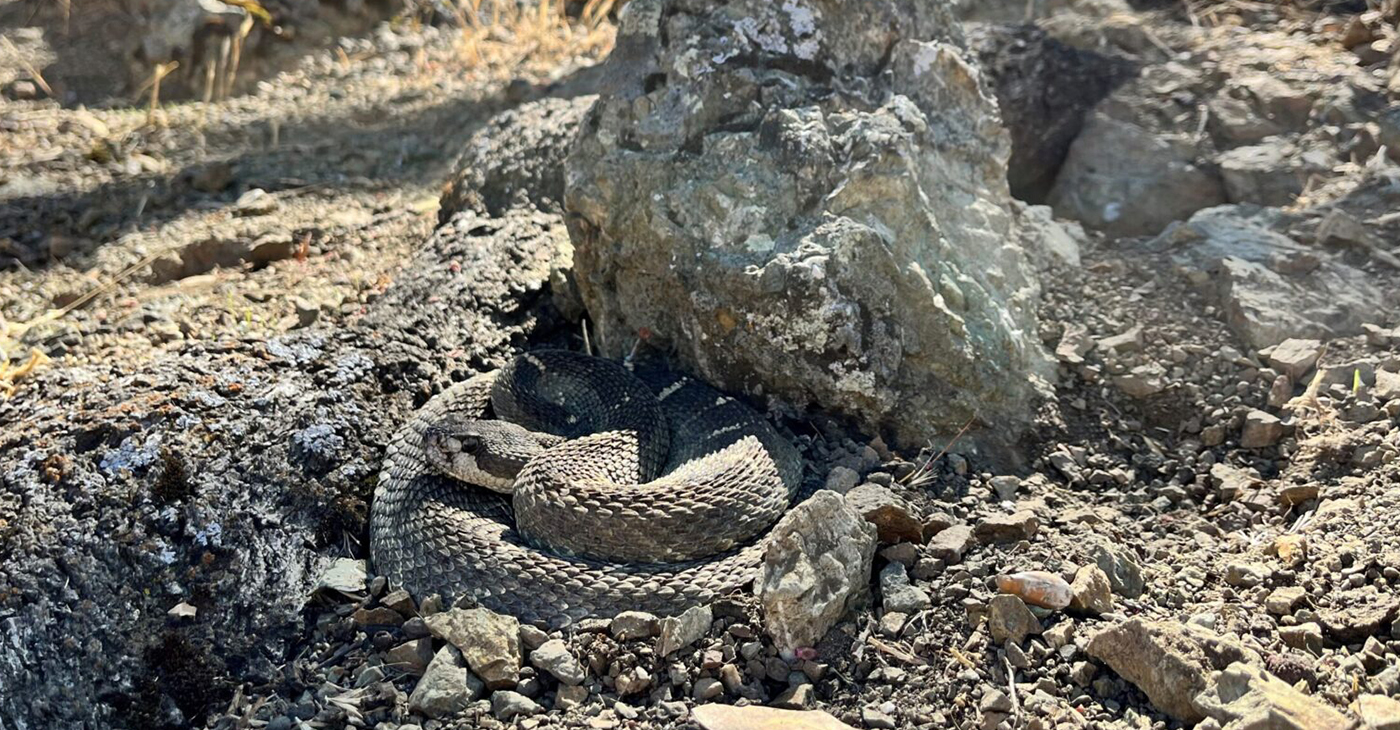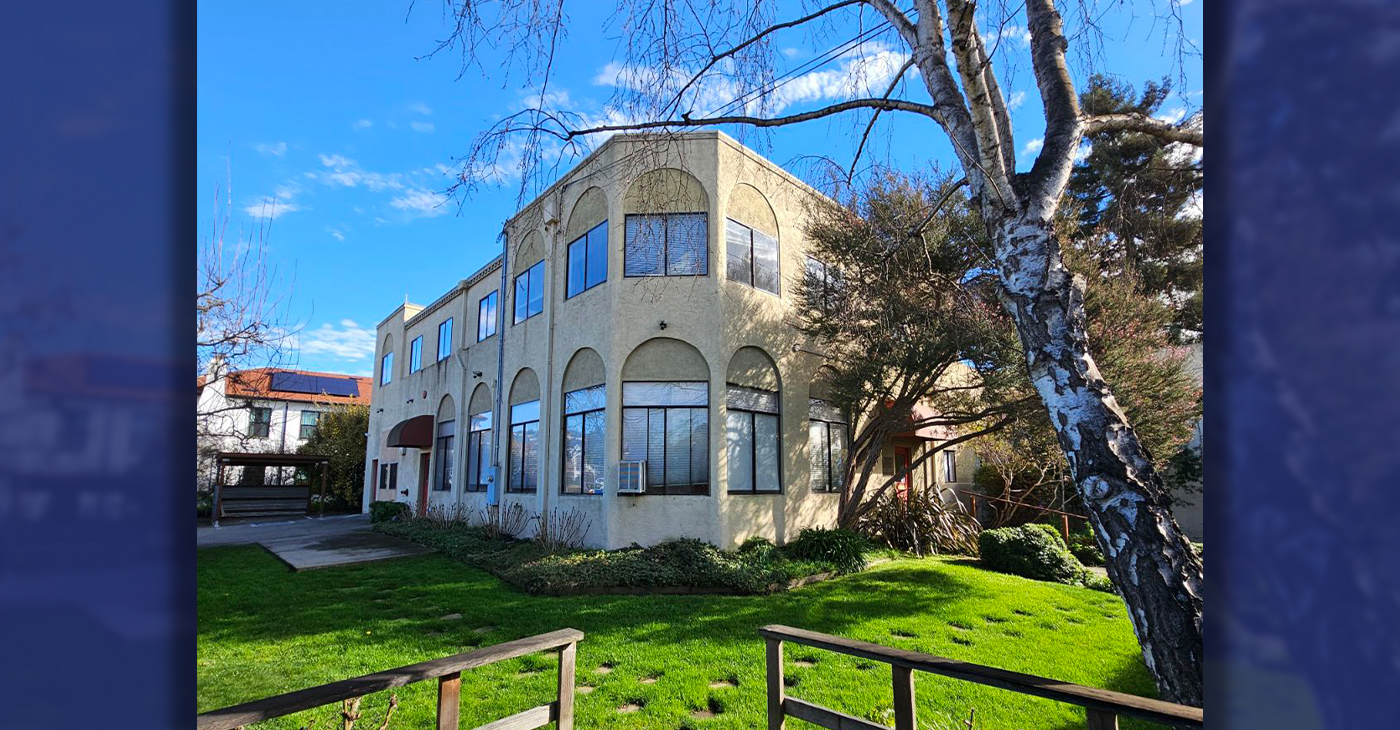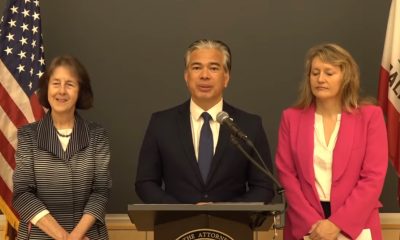Health
Study Peeks Into Healthy Brains to Hunt Alzheimer’s Culprit

In this photo taken May 19, 2015, Judith Chase Gilbert, of Arlington, Va., is loaded into a PET scanner by Nuclear Medicine Technologist J.R. Aguilar at Georgetown University Hospital in Washington. Gilbert shows no signs of memory problems but volunteered for a new kind of scan as part of a study peeking into healthy brains to check for clues about Alzheimer’s disease. (AP Photo/Evan Vucci)
LAURAN NEERGAARD, AP Medical Writer
WASHINGTON (AP) — Sticky plaque gets the most attention, but now healthy seniors at risk of Alzheimer’s are letting scientists peek into their brains to see if another culprit is lurking.
No one knows what actually causes Alzheimer’s, but the suspects are its two hallmarks — the gunky amyloid in those brain plaques or tangles of a protein named tau that clog dying brain cells. New imaging can spot those tangles in living brains, providing a chance to finally better understand what triggers dementia.
Now researchers are adding tau brain scans to an ambitious study that’s testing if an experimental drug might help healthy but at-risk people stave off Alzheimer’s. Whether that medication works or not, it’s the first drug study where scientists can track how both of Alzheimer’s signature markers begin building up in older adults before memory ever slips.
“The combination of amyloid and tau is really the toxic duo,” predicted Dr. Reisa Sperling of Boston’s Brigham and Women’s Hospital and Harvard Medical School, who is leading the so-called A4 study. “To see it in life is really striking.”
The A4 study — it stands for Anti-Amyloid Treatment in Asymptomatic Alzheimer’s — aims to enroll 1,000 healthy seniors like Judith Chase Gilbert, 77, of Arlington, Virginia. The recently retired government worker is mentally sharp but learned through the study that her brain harbors amyloid buildup that might increase her risk. Last week, researchers slid Gilbert into a doughnut-shaped PET scanner as she became one of the first study participants to also have their brains scanned for tau.
“We know that tau starts entering the picture at some point, and we do not know when. We do not know how that interaction happens. We should know,” said chief science officer Maria Carrillo of the Alzheimer’s Association, which is pushing to add tau scans to other dementia research, too.
More than 35 million people worldwide have Alzheimer’s or similar dementias, including about 5 million in the U.S. Those numbers are expected to rise rapidly as the baby boomers get older. There is no good treatment. Today’s medications only temporarily ease symptoms and attempts at new drugs, mostly targeted at sticky amyloid, have failed in recent years.
Maybe that’s because treatment didn’t start early enough. Scientists now think Alzheimer’s begins quietly ravaging the brain more than a decade before symptoms appear, much like heart disease is triggered by gradual cholesterol buildup. Brain scans show many healthy older adults quietly harbor those sticky amyloid plaques, not a guarantee that they’ll eventually get Alzheimer’s but an increased risk.
Yet more recent research, including a large autopsy study from the Mayo Clinic, suggests that Alzheimer’s other bad actor — that tangle-forming tau protein — also plays a big role. The newest theory: Amyloid sparks a smoldering risk, but later spread of toxic tau speeds the brain destruction.
Normal tau acts sort of like railroad tracks to help nerve cells transport food and other molecules. But in Alzheimer’s, the protein’s strands collapse into tangles and eventually the cell dies. Most healthy people have a small amount of dysfunctional tau in one part of the brain by their 70s, Sperling said. But amyloid plaques somehow encourage this bad tau to spread toward the brain’s memory center, she explained.
The A4 study, which is enrolling participants in the U.S., Australia and Canada, may give some clues.
The goal is to check up to 500 people for tau three times over the three-year study, as researchers tease out when and how it forms in those who are still healthy. They won’t be told the results — scientists don’t know enough yet about what the scans portend.
At the same time, study participants will receive either an experimental anti-amyloid drug — Eli Lilly & Co.’s solanezumab — or a placebo as researchers track their memory. The $140 million study is funded by the National Institutes of Health, Lilly and others; the Alzheimer’s Association helped fund the addition of the tau scans.
The idea: If the drug proves to be helpful, it might be tamping down amyloid formation that in turn reins in toxic tau. In previous studies, solanezumab failed to help full-blown Alzheimer’s but appeared to slow mental decline in patients with mild disease, raising interest in testing the still healthy.
“We’re trying to remove amyloid’s downstream effects on tau formation,” said Dr. R. Scott Turner of Georgetown University Medical Center, where Gilbert enrolled in the study.
Seeing how amyloid and tau interact in living brains “is opening a whole new chapter into possible therapies,” Turner added.
For Gilbert, learning she had amyloid buildup “was distressing,” but it has prompted her to take extra steps, in addition to the study, to protect her brain. On her doctor’s advice, she’s exercising more, and exercising her brain in a new way by buying a keyboard to start piano lessons.
“It’s exciting to be part of something that’s cutting edge,” said Gilbert, who had never heard of tau before.
And she has a spot-on question: “So what’s the medication for the tau?”
Stay tuned: A handful of drugs to target tau also are in development but testing will take several years.
___
Online: www.a4study.org
Copyright 2015 The Associated Press. All rights reserved. This material may not be published, broadcast, rewritten or redistributed.
Community
Calif. Dept. of Public Health: Got Milk Allergies? Don’t Eat Dave’s Bakery Cornbread
The California Department of Public Health (CDPH) issued a warning on Jan. 26, instructing consumers with milk allergies or “severe sensitivity to milk” in the state to not eat Dave’s Bakery Corn Bread due to “risk of illness.” The CDPH warns that consumption of the corn bread manufactured by a Gardena-based company — with expiration dates up to June 18, 2024 — may lead to “life threatening” reactions.

By California Black Media
The California Department of Public Health (CDPH) issued a warning on Jan. 26, instructing consumers with milk allergies or “severe sensitivity to milk” in the state to not eat Dave’s Bakery Corn Bread due to “risk of illness.”
The CDPH warns that consumption of the corn bread manufactured by a Gardena-based company — with expiration dates up to June 18, 2024 — may lead to “life threatening” reactions.
“This warning applies only to the Corn Bread produced by Bake R Us, DBA Dave’s Baking Company and distributed to schools, retail facilities and in vending machines primarily in southern California,” the DCPH statement reads.
“This product should not be confused with other similarly named companies with national distribution,” it continues.
According to the CDPH, although the corn bread product contains whey, which is a milk allergen, there is no allergy warning label on the packaging, though it is required by state law.
So far, authorities say, no illnesses have been reported in the state, but if anyone finds the products on sale anywhere in the state, they should call the CDPH complaint hotline at (800) 495-3232 or file a report online at CDPH.ca.gov
The CDPH is also recommending that people who have eaten the product and are experiencing any reaction or ill effects should consult their health care provider.
Bay Area
East Bay Regional Park District Issues Rattlesnake Advisory
The East Bay Regional Park District released an advisory today on rattlesnakes, which emerge from winter hibernation in early spring and become more active. Warm weather can bring more potential for rattlesnake encounters with humans and dogs, particularly along trails and roads.

The Richmond Standard
The East Bay Regional Park District released an advisory today on rattlesnakes, which emerge from winter hibernation in early spring and become more active.
Warm weather can bring more potential for rattlesnake encounters with humans and dogs, particularly along trails and roads.
Visitors are encouraged to avoid hiking alone in case of an emergency, to scan the ground ahead as they walk, jog or ride, stay on trails avoiding tall grass, and to look carefully around and under logs and rocks before sitting down. Keep your dog on your leash to be extra safe, park officials said.
If you encounter a rattlesnake, leave it alone – it is unlawful to capture or harm one. Move carefully and slowly away or around it and give it plenty of space, park officials said.
Those who are bitten by a rattlesnake are instructed to stay calm by lying down with the affected limb lower than the heart, then having someone call 911.
Getting medical attention is critical.
Those bitten should not use tourniquets, “sucking,” or snake bite kits. If you are by yourself, walk calmly to the nearest source of help to dial 911, do not run.
If bitten by any other type of snake, wash the wound with soap and water or an antiseptic and seek medical attention.
Not sure what bit you? Check the bite for two puncture marks (in rare cases one) associated with intense, burning pain, which is typical of a rattlesnake bite. Other snakebites can leave marks without associated burning pain.
The Northern Pacific rattlesnake is the species found in East Bay Regional Parks. Snakes are important to the natural environment, helping to control rodents and other reptile populations. But enjoy them from afar.
For more information, download the Park District’s Common Snakes brochure or watch our Gopher Snake or Rattlesnake video to learn how to tell the difference between rattlesnakes and gopher snakes. Additional information is available at ebparks.org/safety/wildlife-encounters.
Alameda County
A Safe Place, Bay Area Domestic Violence Community Organization, Opens New Service Center in Oakland
Oakland-Bay Area non-profit, A Safe Place, announces the grand opening of its newly purchased building in Oakland that will be a service center for families that have suffered from domestic violence. The new, two-story building has over six new service rooms for counseling, mental health support groups, legal services, children’s treatment, safe space for community engagement, and partnership activities.

By Courtney Slocum Riley
Special to The Post
Oakland-Bay Area non-profit, A Safe Place, announces the grand opening of its newly purchased building in Oakland that will be a service center for families that have suffered from domestic violence.
The new, two-story building has over six new service rooms for counseling, mental health support groups, legal services, children’s treatment, safe space for community engagement, and partnership activities.
Domestic violence occurrences and offenses account for a considerable amount of all violent crimes in Alameda County. A Safe Place is attempting to provide a safe place for families to heal. A Safe Place is the only comprehensive domestic violence assistance program including a safehouse, in Oakland.
The grand opening celebration will also serve as a fundraiser to build out healing, therapeutic spaces for children and adult victims and survivors and survivors of domestic violence (male and female).
The new service center will expand the work of the organization, founded in 1976 when a group of women working in San Francisco came together to address the urgent need for a shelter in the East Bay. A year later, they founded A Safe Place (ASP) in Oakland. Run solely by volunteers, they set up a crisis line to offer crisis counseling and information to battered women and their children.
The organization serves over 500 adults and children annually through a host of services including crisis counseling via 24-hour crisis line, emergency motel and safehouse sheltering, mental health services (counseling and support groups).
Under the leadership of Executive Director, Carolyn Russell, the organization has grown from a single program into the comprehensive domestic violence and assistance program. ASP strives to meet the growing and diverse needs of our growing community.
The organization hopes to complete all the upgrades and therapeutic room improvements by August 2024. The public is invited to donate to the effort by using the website at www.asafeplace.org/donate. The organization also accepts in-kind gifts as well as items from the organization’s Amazon Wishlist.
-

 Community3 weeks ago
Community3 weeks agoFinancial Assistance Bill for Descendants of Enslaved Persons to Help Them Purchase, Own, or Maintain a Home
-

 Business3 weeks ago
Business3 weeks agoV.P. Kamala Harris: Americans With Criminal Records Will Soon Be Eligible for SBA Loans
-

 City Government4 days ago
City Government4 days agoCourt Throws Out Law That Allowed Californians to Build Duplexes, Triplexes and RDUs on Their Properties
-

 Activism4 weeks ago
Activism4 weeks agoOakland Post: Week of April 10 – 16, 2024
-

 Activism2 weeks ago
Activism2 weeks agoOakland Post: Week of April 24 – 30, 2024
-

 Community3 weeks ago
Community3 weeks agoAG Bonta Says Oakland School Leaders Should Comply with State Laws to Avoid ‘Disparate Harm’ When Closing or Merging Schools
-

 Community3 weeks ago
Community3 weeks agoRichmond Nonprofit Helps Ex-Felons Get Back on Their Feet
-

 Community3 weeks ago
Community3 weeks agoOakland WNBA Player to be Inducted Into Hall of Fame
























































